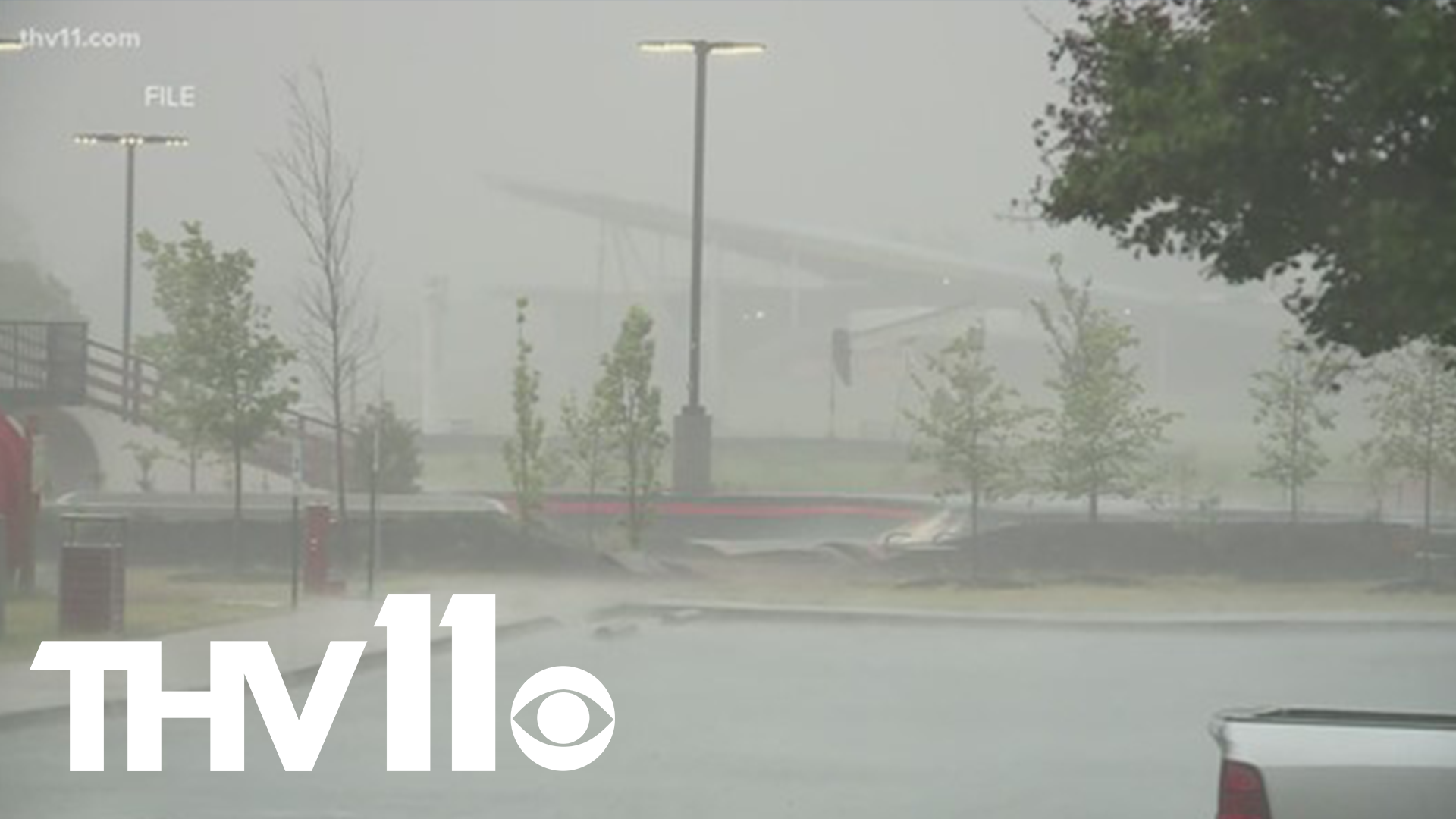LITTLE ROCK, Ark. — Every year hundreds of severe thunderstorm and tornado warnings are issued by the National Weather Service.
These warnings, sent as push alerts to cell phones or scrolled at the bottom of televisions, are calls to action for people to seek shelter from imminent severe weather. Often these warnings are issued based upon data collected by a network of doppler radars.
While this technology is reliable, it’s simply no substitute for trained human eyes, and that’s why the National Weather Service in North Little Rock isn’t letting COVID-19 stop it from training storm spotters.
“We need storm spotters to do our job better, it’s that simple," Dennis Cavanaugh, Warning Coordination Meteorologist at the National Weather Service in North Little Rock said. "If people are willing to spend their time to help us protect their community, we welcome the help. We don’t want to be doing this alone. We’ll take all the information and help we can get to keep Arkansans safe.”
Cavanaugh is quick to point out he isn’t asking Arkansans to chase storms, rather, simply report what they see in their own communities.
“We’re not advocating storm chasing, but if people just reported what they saw from where they were, safely, we could do a better job understanding what’s happening," he said. "If folks could simply report what they’re seeing, that gives us confidence to issue future warnings that look the same way on radar.”
Cavanaugh believes that while technology such as radar is a critical component of public safety, so are reports from trained spotters.
“By seeing some of the visual clues that we can’t see on radar, a storm spotter can see it and report it to us, which gives us more lead time and that keeps people safe,” Cavanaugh said.
Historically the NWS hosts these storm spotter training in person, in conjunction with local emergency managers. However, much like many aspects of today’s society, they had to pivot to virtual in response to COVID-19.
While the NWS has offered some virtual spotter classes in the past, this is the first year for an entirely virtual schedule.
“COVID certainly forced our hand into the virtual storm spotting realm,” he said.
One can expect to learn about the basic characteristics of thunderstorms, how to visually identify precursors of tornadoes, and storm safety. The class lasts roughly 2 hours and participants will receive a certificate of completion.
These spotter trainings are free, though do require registration. To sign-up for a class, you can visit the National Weather Service Little Rock’s website.

